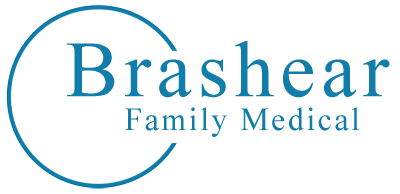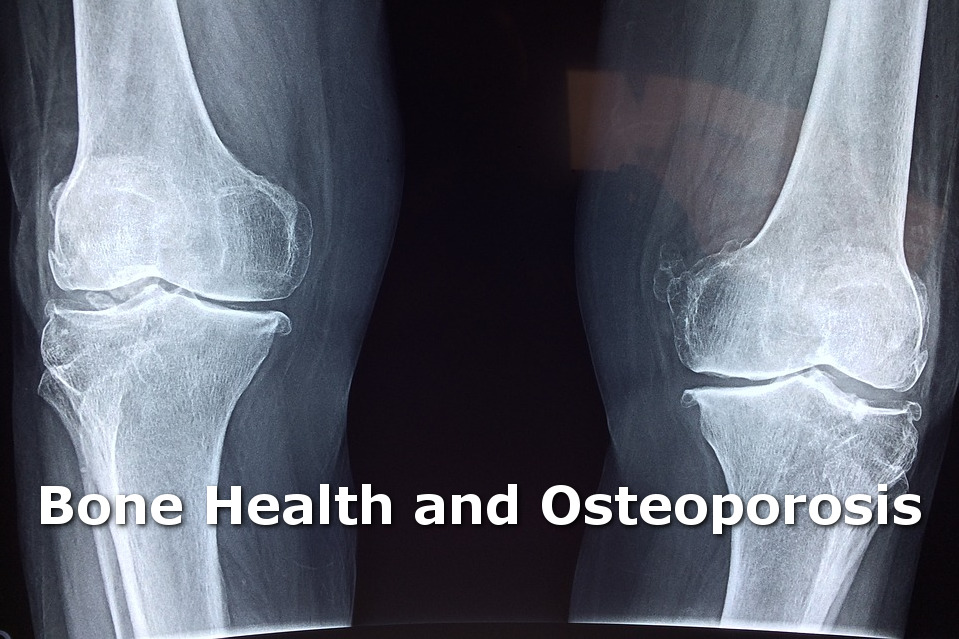Osteoporosis causes your bones to become weak and brittle, so brittle that a fall or even mild stresses such as bending over or coughing can cause a fracture. We will answer the question, “What is Osteoporosis?”, as well as discuss the symptoms of Osteoporosis, causes, risk factors and treatment options.
What is Osteoporosis?
Osteoporosis is a disease that results in low bone mass and loss of bone tissue that may cause weak and fragile bones. Osteoporosis-related fractures most commonly occur in the following:
- hip
- wrist
- spine
Bone is living tissue is constantly breaking down and replacing itself. This disease occurs when the creation of new bone does not keep up with the removal of old bone. It affects men and women of all races. However, white and Asian women, particularly older women who are past menopause, are at highest risk. Medications, healthy diet and weight-bearing exercise can help prevent bone loss or strengthen already weak bones.
Symptoms of Osteoporosis
Typically, there are no symptoms of Osteoporosis in the early stages of bone loss. However, once your bones weaken due to Osteoporosis, you might have the following signs and symptoms:
- Back pain due to a fractured or collapsed verebra
- Loss of height over time
- A stooped posture
- A bone fracture that occurs much more easily than expected
Causes of Osteoporosis
Your bones are constantly in a state of renewal. When you are younger, your body makes new bone faster than it breaks down old bone and your bone mass increases. Most individuals reach their peak bone mass by their early 20s. As you age, bone mass is lost faster than it is created.
The likeliness of developing Osteoporosis will depend partly on how much bone mass you attained in your youth. The higher your peak bone mass, the more bone you have “in the bank”. Therefore, the less likely you are to develop Osteoporosis as you age.
Risk Factors for Osteoporosis
Men and women both can get Osteoporosis. However, this condition is more common in women due to hormonal shifts that occur with aging. In addition, family history of Osteoporosis can increase your risk of Osteoporosis.
Having specific medical conditions can also increase your risk of Osteoporosis. These include the following:
- kidney failure
- malabsorption
- multiple sclerosis
- leukemia
- diabetes
- hyperthyroidism
- hyperparathyroidism
- rheumatoid arthritis
Treatment for Osteoporosis
Treatment for Osteoporosis includes medications to help build bone mass. Often times, these medications have hormonal influences to encourage bone growth.
These are just the basics of “What is Osteoporosis?” Brashear Family Medical offers customized treatment for Osteoporosis to ensure you receive an option that works for you. Contact us with the link below for more information!

